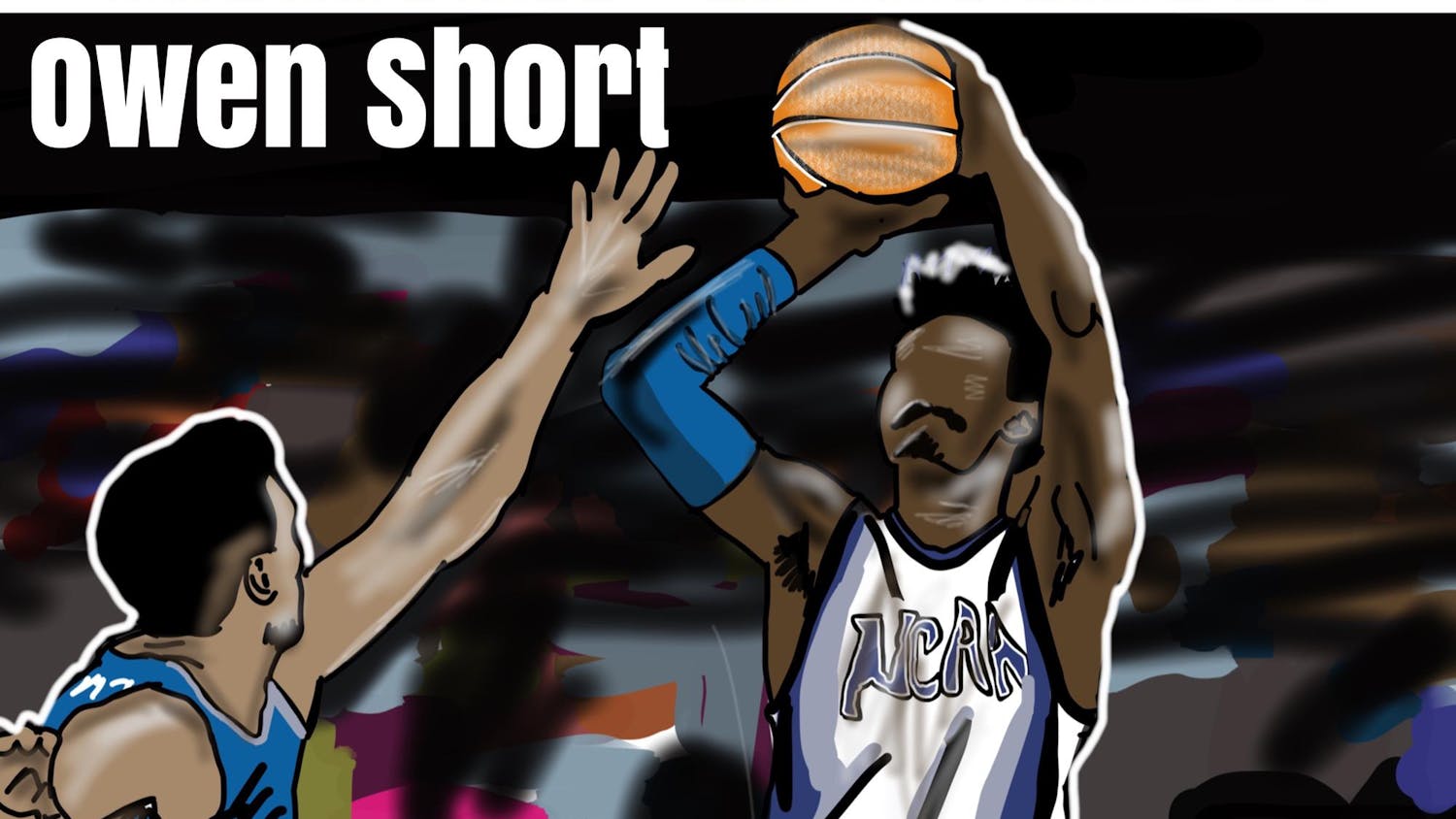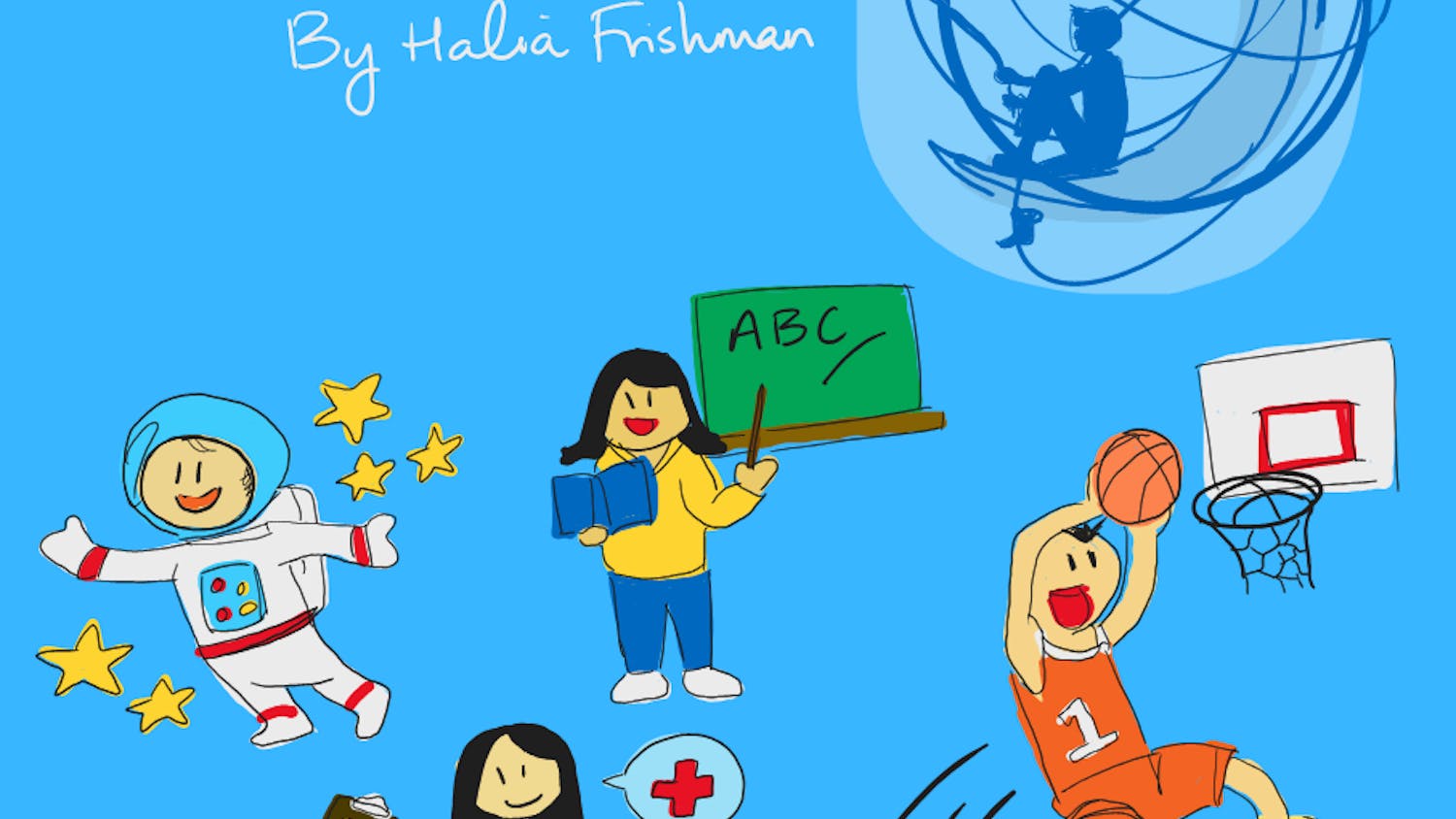Much of what luminary trumpeter Wynton Marsalis does, including his work as musical director of New York's Jazz at Lincoln Center, is aimed at keeping jazz music relevant. Last month, Marsalis came out with an impossible-to-ignore new project: a concept album composed of quick poetry readings and accompanying musical pieces performed by his jazz quintet. Gimmicky? Sure. Fun? Absolutely.
When I listen to the album, titled "He and She" (2009), I'm often haunted by the mental image of Marsalis sitting in his Midtown Manhattan office, clad in a Brooks Brothers smoking jacket. He claps his hands and exclaims, "I know something they'll all like -- I'll do a poetry album about puppy love, and I'll play jazz tunes that go along with the poems!" Of course, this is unfair, and Marsalis deserves credit for pushing into new territory and coming away with something refreshingly original and utterly enjoyable. That said, the pleasant music just isn't as energetic or engaging as Marsalis' best work.
To find a more timeless record that uses both spoken word and jazz music to illustrate the emotions of romance, we have to go back in history but we don't have to abandon Marsalis. Eighteen years ago, he made a remarkable album, "Blue Interlude" (1991), whose centerpiece is a 37-minute-long suite called "Blue Interlude (The Bittersweet Saga of Sugar Cane and Sweetie Pie)."
In this piece, the Wynton Marsalis Septet uses instrumental music to narrate the dynamic relationship of two mythic lovers. But it's not without the help of spoken word: In a monologue that precedes the suite, Marsalis introduces Sugar Cane and Sweetie Pie, interspersing the occasional piano line to help acquaint us with the characters.
The suite itself comes off without a hitch, and this can be credited to the players, who comprise one of Marsalis' most exciting ensembles. The musicians handle with remarkable virtuosity the piece's many time changes and blurry blend of strict arrangement, communal improvisation and big-band-style horn harmonies that back a single player's solo. There are happy times and sad times here, attraction and anger, confusion and confidence.
Where "Blue Interlude" gives its top-notch musicians ample time to stretch out with expressive solos, "He and She" concentrates more on discipline and structured arrangements. Occasionally, it can feel like it blurs the line between classical and jazz (both genres in which Marsalis is an expert) as much as it blends poetry and music. Long-form solos are scarce, and while the tonal tales of an endearing four-track suite on firsts ("First Crush," "First Slow Dance," "First Kiss" and "First Time") surely get their point across, most jazz freaks would probably agree that Marsalis succeeds more comfortably when he is less concerned with realist representation and more inclined to let the old tricks of bebop work their magic.
For instance, the 12-minute-long "The Razor Rim" hits its stride thanks to unbridled solos from Marsalis and tenor saxophonist Walter Blanding. Pianist Dan Nimmer does his best McCoy Tyner over the tune's mid-tempo, hard-bop feel, pounding out planar harmonies and thundering fifths in the low register.
Marsalis probably won't become the Lincoln Center's poet laureate, but the verses he uses to set up the music on "He and She" are whimsical and charming. The first poem runs, "What caused country blues men to claim/ A man and a woman is a dangerous game?/ Well every schoolboy knows one plus one equals two/ And boys know less than girls do." It's followed by the track "School Boy." The tune lives up to its name by returning to an earlier time, striding along, while Marsalis channels King Oliver. Nimmer polishes off a lively chordal solo à la Erroll Garner, and all told, the tune conjures the sneakiness of a class clown and the nostalgic joy of everyone's first-grade memories.
--
Giovanni Russonello is a junior majoring in history. He can be reached at Giovanni.Russonello@tufts.edu.





